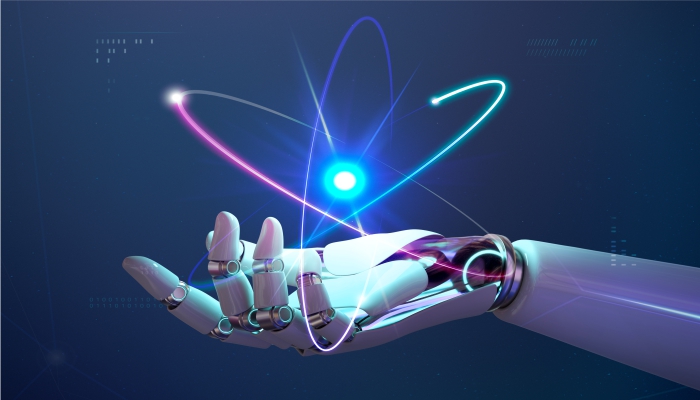Artificial intelligence
Our lives have now become very dependent on Artificial Intelligence. Today, knowingly or unknowingly, this artificial intelligence application is being used as an example. There are so many examples of AI applications that are used to fulfill our day-to-day requirements. Google Map, Apple's Siri, Google Assistant, and Amazon's Alexa and referenced shopping are examples of AI applications we use.
In the COVID period, the Govt has launched many apps that help us know about COVID status and about COVID positive people in our area. We simply register ourselves in this application, and then we will receive alerts regarding COVID-related information.
Moreover, artificial intelligence has played a very crucial role in blended learning, which has helped to clear all barriers in education and has even facilitated remote learning.
Here are some examples of how institutes are using artificial intelligence to better educate students today.
Wide-Coverage.Through artificial intelligence, students and educators can interact with peers around the world. Communication with global associates offers students the opportunity to develop academic and language skills and discover what life is like in their matched partners' nations of origin. In the end, these associations result in more educated and compassionate worldwide residents.
Moment assets.With artificial intelligence, students, and educators have access to the materials they need when they need them. Instructional programming that uses AI, for example, can rapidly give understudies access to balance coaches. With the help of a specialist or virtual friend, they can get the assistance they require
Customized learning.The use of artificial intelligence enables learners to customize their learning by investigating the reactions they have to computer-mediated instructional projects. By deciding areas of demand and premium, resources are tracked down to assist understudies in obtaining materials.
Instructor strengthening.Educators can utilize AI-built information about individual students to develop educational pathways, offer helpful and individualized criticism, and fill in any learning gaps with additional educator-driven guidance.
Fast reactionsThere is nothing more baffling than submitting an inquiry only to have it addressed three days later. Instructional staff and a workforce are constantly bombarded with redundant inquiries. Computerized intelligence can help students locate answers to their most frequently posed inquiries in a matter of seconds through the use of help robots and conversational knowledge. Besides saving instructors a great deal of time, it also allows students to spend less time searching for answers or waiting for an answer.
GradingThe utilization of AI in instruction can assist with mechanizing the reviewing and appraisal of exercises like various decision questions, filling in the spaces, and so on. The mechanization of authoritative exercises can enable educators to invest more energy with the students, thus making the learning process more efficient
Access to learningWith AI-controlled devices, learning is accessible to everyone, wherever they are. Since every understudy learns at their own speed, day in and day out accessibility makes it easier for understudies to figure out what works for them without looking for a teacher.
Task computerizationThe force of AI can robotize the most ordinary of undertakings, including authoritative work, evaluating papers, surveying learning designs, answering general queries, and the sky is the limit from there. As indicated by a Telegraph overview, educators invest 31% of their energy in arranging illustrations, evaluating tests, and accomplishing managerial work. Nonetheless, with the help of mechanization instruments, educators can robotize manual cycles, passing on more opportunities to zero in on showing center capabilities.

